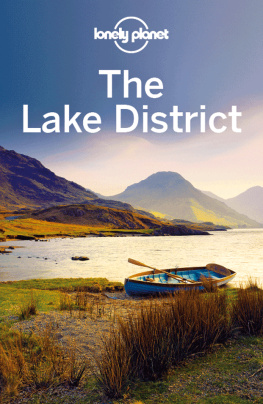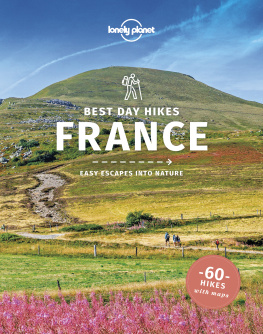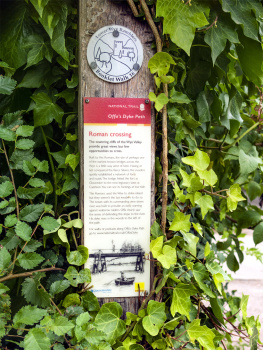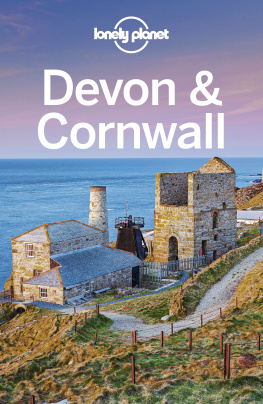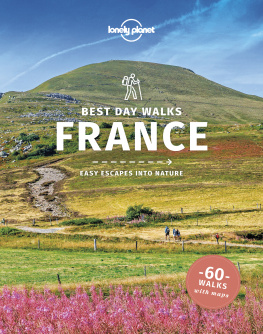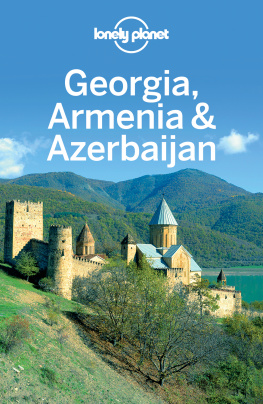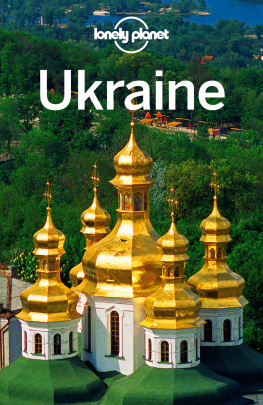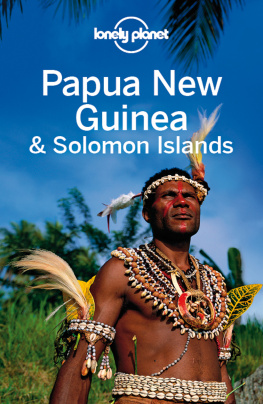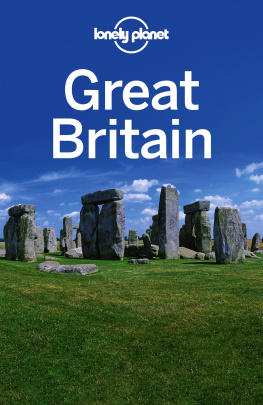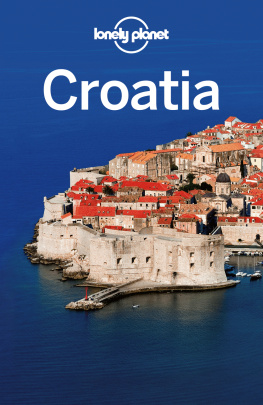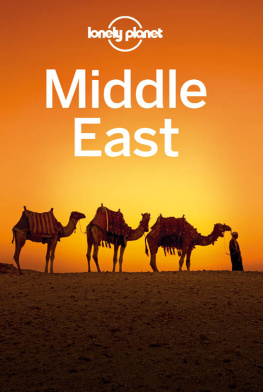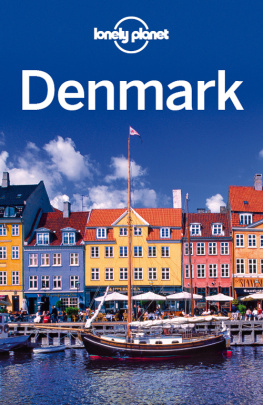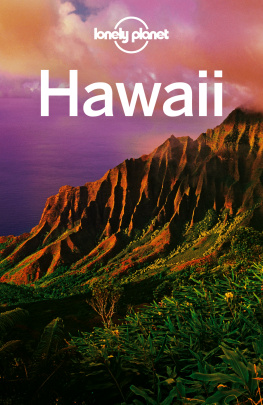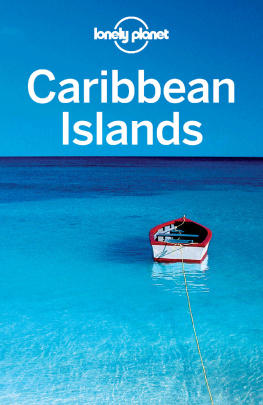welcome to The Lake District
For lovers of the great outdoors, nowhere in Britain can compare to the Lake District. Its home to some of the nations most breathtaking natural landscapes, as well as its most beloved national park.
The Home of British Hiking
To appreciate the grandeur of the views, you need to get out on the fells. Hikers have been coming to the Lake District ever since the early days of Victorian tourism, and walking on the fells remains an essential part of the Lakeland experience. If theres one man whose spirit looms largest over the history of hiking in the Lake District, its Alfred Wainwright: a passionate hill walker, painstaking cartographer and gifted writer, whose original PictorialGuides are still the preferred choice of many walkers, despite the fact that theyre getting on for six decades old.
Land of History
Though modern Cumbria is a relatively young county, formed in 1974 from the old districts of Cumberland and Westmorland, its history stretches back into Britains ancient past. Stone Age tribes, pagan druids, Viking settlers and generations of hill farmers have all left their own mark on the landscape, and for much of the Middle Ages this was a region plagued by conflict, ominously dubbed The Debatable Lands. From ancient stone circles to lavishstately homes, its a place where history often seems to be written right into the landscape.
Food & Ale
Eating out in the Lake District is always a treat, whether its settling in for a pint at acountry inn, popping in for tea and cake at a village cafe or dressing up for dinner ata Michelin-starred hotel. The food hereis full of heart and soul, and if youre searching for the stickiest toffee pudding, the crumbliest gingerbread, the hoppiest ales and the richest Sunday roast, you wont find anywhere to beat it in Britain.
Grandstand Views
No part of the country is more distinguished by its sublimity, mused the grand old bard of the lakes, William Wordsworth, and two centuries on his words still ring true. Britains largest national park is a place where you can almost hear the creak and grumble of Mother Natures cogs at work, with a parade of panoramic landscapes that never fail to fire the imagination: wild hilltops, rugged valleys, misty tarns, emerald fields and shafts of sunlight breaking through the cloud. The Lake District has always been a place of inspiration and escape, and its high time you found out why.
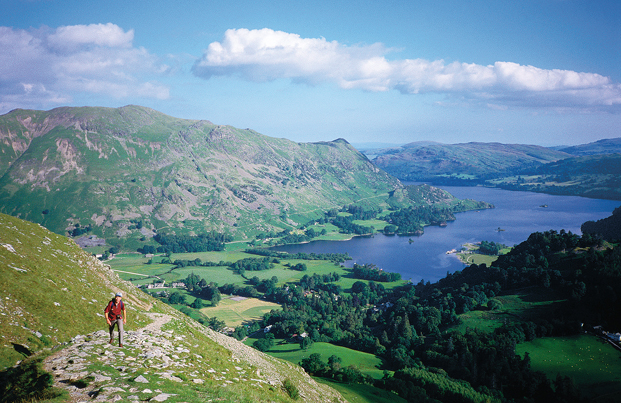
View over Lake Ullswater
DAVID ELSE/LONELY PLANET IMAGES
need to know
CURRENCY
Pounds sterling ()
LANGUAGE
English
MONEY
ATMs available in main towns, but scarce elsewhere. Credit cards accepted (not American Express). Some B&Bs, restaurants and campsites only accept cash.
VISAS
Generally not required for travellers from most Western nations
MOBILE PHONES
Reception erratic outside main towns. Useful in emergencies, if theres a signal. Dont use your phones maps when hiking take a real map!
TRANSPORT
Driving on the left, steering wheel on the right. Regular buses between towns, patchy in rural areas. Trains to Kendal, Windermere, Carlisle and Cumbrian Coast.
When to Go
HIGH SEASON
July and August are the busiest months in the national park.
Half-terms and school holidays (especially Easter and Christmas) are also very busy.
Accommodation prices are at their highest and traffic jams are common.
SHOULDER SEASON
Crowds thin out substantially in spring and autumn.
Off-season deals are often available at B&Bs and hotels.
Weather is often settled but beware of sudden downpours.
Autumn colours transform woodlands.
LOW SEASON
Many attractions and activities close in January and February.
Snow usually covers the high fells between November and March.
Winter temperatures can reach several degrees below freezing.
Your Daily Budget
BUDGET UNDER
Dorm room in a hostel 1520
Self-catering from supermarkets 15
Getting around by bus 5
Hiking on the fells 0
MIDRANGE
Double room in a B&B 70100
Mid range meals in pubs and cafes 1520
Petrol for the car 10
Admissions and tickets 10
TOP END OVER
Room in a luxury hotel 150200
Three-course dinner with wine 4060
Guided minibus tour 50
Websites
Go Lakes ( www.golakes.co.uk ) Comprehensive information from the official tourist board.
Lake District National Park Authority ( www.lakedistrict.gov.uk ) Background info on environment, activities and general news in the national park.
Lonely Planet ( www.lonelyplanet.com ) Destination information, hotel bookings and more.
National Trust Lake District ( www.nationaltrust.org.uk/lakedistrict )Information on all the NTs properties and campsites.
Exchange Rates
Australia | A$1 | 0.63 |
Canada | C$1 | 0.61 |
Eurozone | | 0.87 |
Japan | | 0.78 |
New Zealand | NZ$1 | 0.50 |
USA | US$1 | 0.61 |
For current exchange rates see www.xe.com .
Important Numbers
Brockhole Visitor Centre |  015394-46601 015394-46601
|
Windermere Tourist Information Centre |  015394-46499 015394-46499
|
Lake District Weatherline |  0844 846 2444 0844 846 2444
|
Emergencies (ambulance, police, fire and mountain rescue) |  999 999
|
Arriving
By Road
The M6 motorway runs close to Kendal, Penrith and Carlisle.
Windermere Train Station
Last stop on the branch railway from Kendal and Oxenholme.
Frequent buses from Windermere to towns, including Ambleside and Coniston.
Carlisle Train Station
Served by mainline trains north to Scotland and south to London Euston.
Regional buses run from Carlisle bus station to the Lake District.
Driving in the Lake District
Driving in the Lake District is the most convenient way to get around, but youll need to be prepared for traffic jams in summer, school holidays and around bank holidays.
With the exception of major roads (such as the A591 from Kendal to Windermere, the A66 from Penrith to Keswick and the A595 from Carlisle towards Cockermouth), most of the Lake Districts roads are narrow, windy and often hilly. GPS is useful for getting to main towns, but can be counterproductive in rural areas, often directing you down minor roads and farm tracks. In the countryside, single-lane roads with passing places are common, so youll need to be prepared to stop and let traffic pass, or reverse to the nearest layby.

